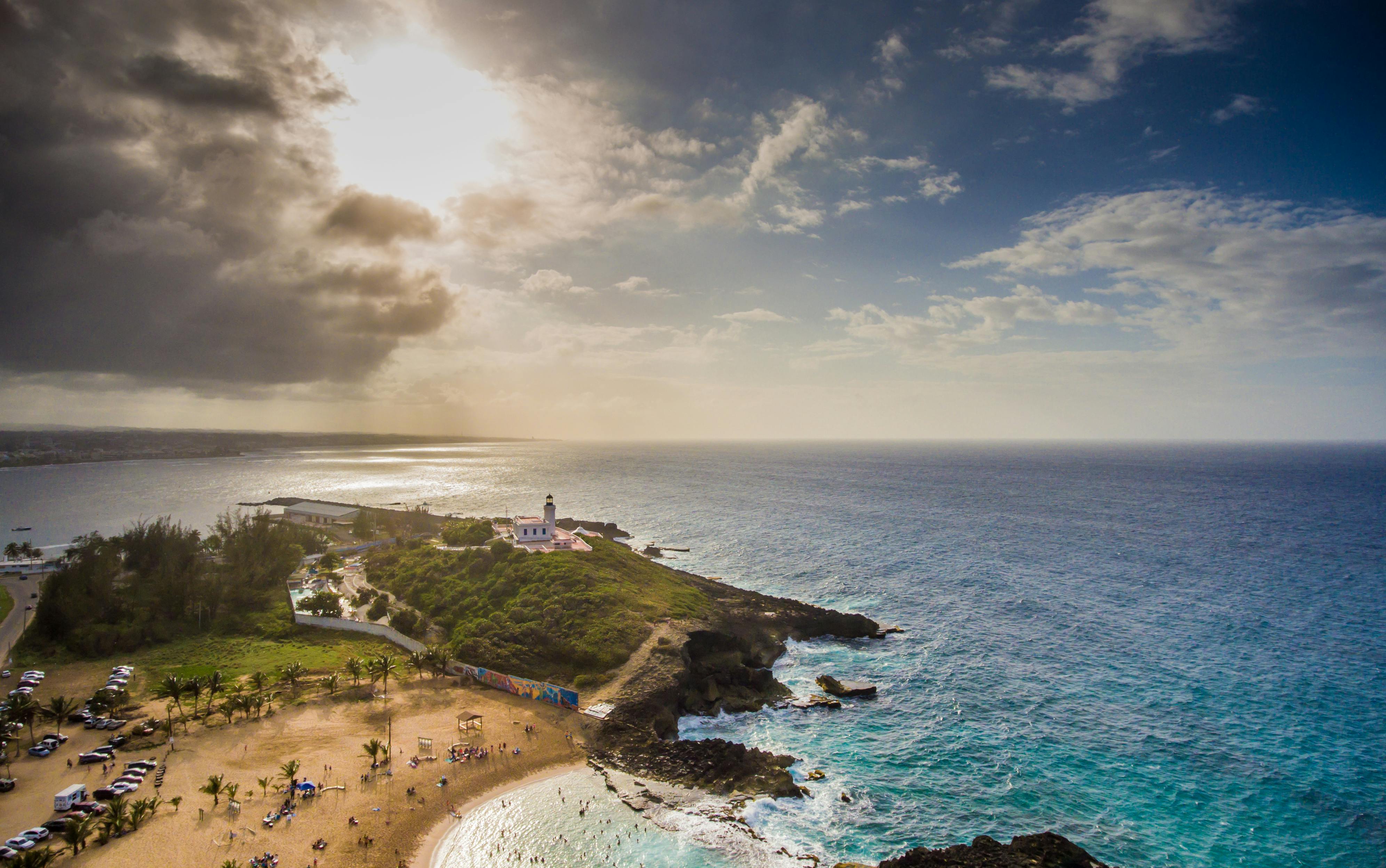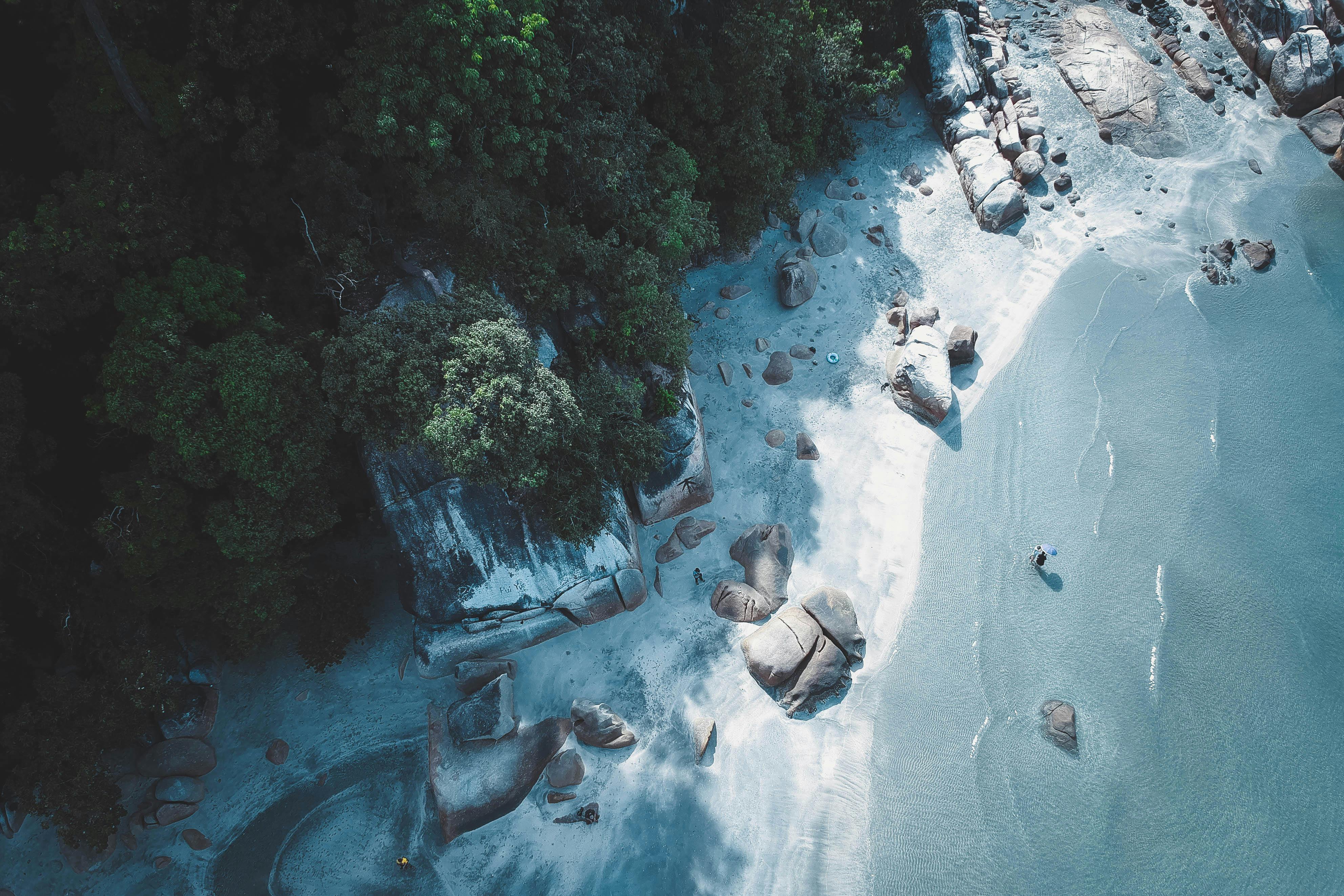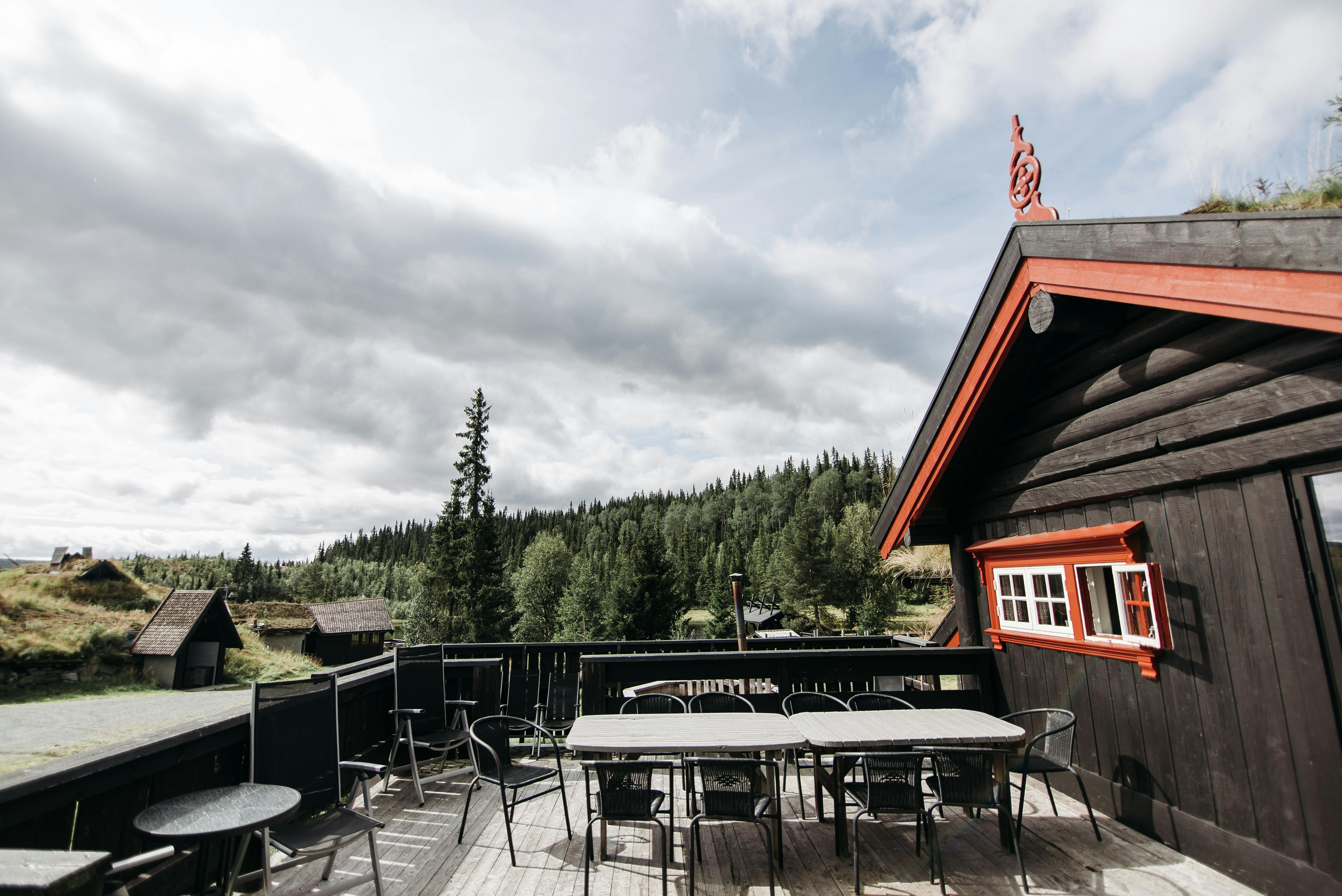It can take as little as 4.5 hours and be free of traffic and hassle, but just as easily you can run into congestion and road repairs, extending the trip to six hours or more. On the other hand, you can choose to increase the length of your trip by visiting a few select sites and some interesting landscapes, including a snow-capped volcano near Puebla and another peak near the Orizaba/Córdoba cutoff.
The first leg of the trip is from Mexico City to Puebla. The main problem you will probably face is getting out of the country’s capital, through a passage known as Zaragoza. Unless you leave very early or late at night, there will be congestion, so much so that vendors selling soft drinks and water, snacks, ice cream, and a variety of other food items will be walking very slowly, meandering. through the rows of standing traffic, doubling their products. And therefore, getting to Puebla can take anywhere from one to three hours, the latter being especially true during extended rush hours and on weekends. The name of the game is patience, plain and simple. And if you are going to pick up a rental car at the airport, ask your assistant to draw you a map and, regardless of its quality, at every opportunity ask other motorists and pedestrians how and when to turn towards Zaragoza. Once on this “highway”, your only difficulty will be to get off it. To give you an even clearer idea of the congestion in Zaragoza, in 2004, while driving a three-ton van on the highway, the police wanted to pull us over (for who knows what reason), patrolling several vehicles behind with their sirens blaring. volume. . We chose to simply ignore the command and continue, hoping that the traffic would never allow the police to catch up with us and they would eventually give up. It worked.
Virtually the entire highway from Mexico City to Oaxaca is well marked and is a paved toll road. Signage is large and clearly labeled. However, a few key points are in order. You want to be where it says “toll” and not “free”, the former being the toll road and the latter being the much slower single lane road. “Highway” is invariably the toll road. On the way to Puebla, you will see signs directing you to the city, and then, from Puebla, the signs will indicate Oaxaca. Highways are two lanes each way, one lane and a half, or one lane. However, custom dictates that slower going cars move to the right and onto the paved shoulder when they see you coming, so regardless of the type of road, most of the time you should be able to go at the speed at that he is accused. There are, however, exceptions as with any rule. Sometimes, for example, large tractor-trailers are too wide to move far enough to let you pass. But when they see the road ahead is clear, they’ll put up the left signal, telling you it’s okay to go left…assuming you trust them. A solid center line tends to be only suggestive and you’ll quickly learn that with the cars moving to the right for you, you can pass despite the solid line… except when there’s a significant turn, peak or valley ahead. There are many service stations along the entire route, most of which now have “The Italian Coffee Company” franchises next door, with clean toilets. Credit cards are generally accepted to refuel, and now also in the many toll booths… except when the system has broken down.
As you leave Mexico City, you will pass several stretches of eateries along each side of the highway. You will ascend gradually, through a series of easy switchbacks, leaving the smog of the valley behind. The scenery is nothing special, but the ease with which you’ll be able to negotiate the turns at a reasonable speed will more than make up for the nondescript landscapes. The curves and valleys will become more dramatic, to the point that there will be a red line on the pavement demarcating how vehicles with faulty brakes should proceed, taking them off the pavement onto a road that ends in a soft embankment of straw.
You will see at least a couple of exits to the center of Puebla, marked “Puebla Centro”. Puebla is a great stopover for a day or two, if you’re not in a big hurry to get to Oaxaca. It’s big and sprawling, but the downtown area is quaint, small, and full of interesting shops, arts and crafts, restaurants, and clean, inexpensive hotels. A couple of blocks from the zócalo there are good hotels, an extensive pedestrian promenade with many shops and Los Sapos, a few streets full of handicrafts, antiques and collectibles. Come a weekend and there is an outdoor market. On Sunday there is an even larger series of temporary stalls selling crafts, plants, etc., two blocks down. In the same area is the area known as Parián, and the Barrio del Artista, both of which cannot be missed. Of course, there are nearby ruins and other sites, but for a short stop, it’s the city center that’s a “must see.” For a splurge, spend the night at Mesón Sacristía (written in a coffee table book about the 1,000 best posadas in the Americas) in Los Sapos. For economy, stay at Palas or Palace, on 2 Oriente, one block from the zócalo and about four blocks from Los Sapos.
The trip from Puebla to Oaxaca, without stopping more than a couple of pit stops, takes about three and a half hours. However, during 2007 and at least well into 2008 there are two or three road construction projects that will delay it. Once again, be patient, turn off the engine, and see what the vendors have to offer. And at the toll booths there will be even more offerings, from exclusively Puebla candies known as sweet potatoes, to whole-grain tortillas and hot dogs. Two lanes become one and a half, as you approach the turnoff to the right to continue towards Tehuacán and Oaxaca. You’ll see the impressive snow-capped peak as you look towards Orizába (but don’t take that road or you’ll end up in Veracruz).
Below are two recommended stops, unless you also want to spend time in Tehuacán. The first is in the onyx/marble town of San Antonio Texcala. Take the second Tehuacán exit (after the Tehuacán tollbooth), onto highway 125 that leads to Huajuapan. After 6 km you will reach the town, with five or more factory outlets where you can buy almost anything that these stones can be molded into: tequila sets, plates, sinks, lamps, tables, bowls, boxes, unicorns, fish, hashish pipes and, of course, a series of assorted ornaments with religious imagery. The prices are about half of what you’ll pay elsewhere.
Next up is the Museo de Agua, or water museum, actually a misnomer because it’s so much more. Take the next well-signposted exit after you get back on the highway, toward Sangabriel and Chilac. There will also be signage for the museum. You will be given a tour (in Spanish) of the main building and surrounding exterior landscapes. You will learn how progress is being made to teach villagers in desolate regions where water is scarce and soil fertility is poor, to conserve and recycle water; use compost, vermiculture and other techniques to enrich the soil; and to grow and market nutritious products such as amaranth.
As for the land and streetscapes, near Tehuacán you’ll see long, narrow buildings with white roofs where poultry is produced and then trucked throughout the state of Puebla and beyond. There will be a couple of demarcated stopping places for tourists to stop and appreciate and photograph the deep valleys and high mountain peaks. Long, well-signposted expansion bridges serve to showcase the valleys and mountains. You will go through a geological fault line. There will be several kilometers of impressive “telephone pole” cacti. Near the access to Oaxaca, you will see vendors on each side of the road selling brightly colored miniature wooden trucks.
The last toll booth is called Huitzo. About 15 – 20 minutes more you will get closer to Oaxaca. A few minutes after entering town, you’ll have two chances to turn left (one of the signs is hard to read), but unless you’ve been given specific directions to your hotel or B&B, and you know that it’s in a northern suburb, best to keep driving straight ahead, eventually entering a one way street that will take you to the city center and the zocalo.
Until 1995, when the toll road from the capital to Oaxaca opened, much of the way involved traveling on secondary roads and highways, which was well doubling the length of the trip. You now have the benefit of a much shorter and most definitely safe journey along well-marked quality pavement, with the added feature of the option to get off the main road and venture into a few towns for additional sites, scenery and culture. local. The only note of caution is not to drive outside of any major urban centers, and particularly on motorways or even toll roads, at night unless absolutely necessary. Lighting tends to be lacking or insufficient, and laws regarding drunk driving are rarely enforced.




